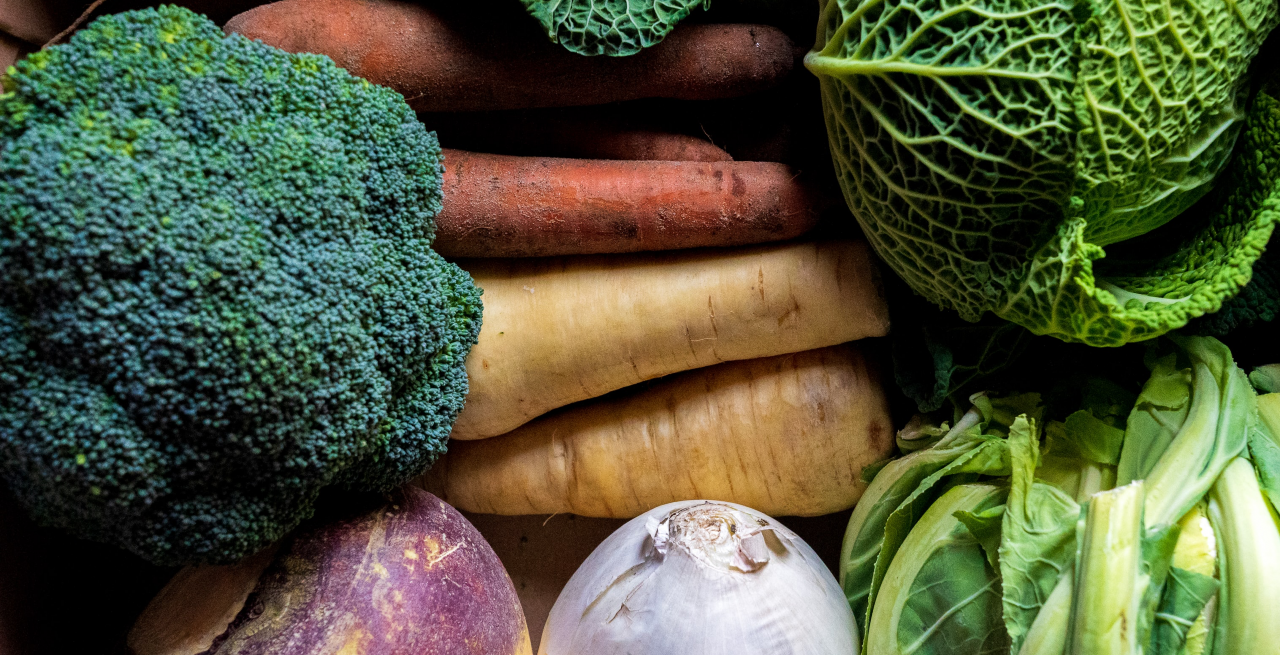How Proper Produce Management Impacts Your Restaurant
3 Min Read By Francisco Clouthier
Access to fresh quality produce impacts many elements of restaurant planning, from determining what is in season for menu items to identifying the right price point to be profitable. However, despite thoughtful planning and projections, unpredictable weather can wreak havoc on produce supplies.
Take for example the recent U.S. summer droughts and heatwaves. Heatwaves decimated bell pepper production out of California, typically one of the highest producing states. Similarly, the drought in California impacted growers’ ability to produce a large volume of tomatoes since they require substantial water for development. As a result, both staple products are expected to be in short supply for the coming months. When supply is down, it also impacts prices. In fact, lettuce is expected to go up in price 67 percent from the previous year due to low supplies after California’s hotter-than-average temperatures and crop disease dating back to 2020.
Turning to other regions to access produce is critical to maintaining a steady supply. Yet even that is not always predictable. Florida, one of the second highest producers of bell peppers, was just hit by the most powerful storms to ever hit our shores.
Unfortunately, when crops are impacted one season, there can be a trickle effect to the next year as well. When many of the items on your menu rely on quality produce, it is important to partner with a produce provider who can ensure a steady, quality supply despite weather changes.
One way produce wholesalers aim to do this is by partnering with international growers. International growers can help keep produce stock up in two ways:
- Supplement low supply due to weather: Similar to what we experienced in the U.S., unpredictable weather can change produce supply in a matter of minutes. Relying on one region for all produce means your business must react quickly if supply is impacted. If your menu items are not available as a result, your reputation and customer satisfaction can take a hit. Working with a produce wholesaler who receives products from multiple regions can ensure that you have the quality and quantity that you need.
- Ensure quality based on various seasonal patterns: Another benefit of working with international growers is that various climates can support diversified crops during different times of year. While not all climates are conducive to year-round growing, produce wholesalers can supplement supply by having growers around the world. For example, Holland is a strong producer of colored peppers with a growing cycle spring through fall, whereas California is typically best starting in August then we think about international growers, some questions might come to mind.
Here are answers to some of the top concerns.
1. Is the produce going to meet quality expectations?
Verifying that your produce partner works with certified growers is critical. There are a number of third-party certifications growers can seek. These include the Equitable Food Initiative (EFI), which is one of the most rigorous certifications in the industry and addresses over 300+ standards in the farming operation, including labor conditions, food safety and pest management. Similarly, GLOBAL G.A.P., which stands for good agriculture practices, is an established certification that underscores growers’ commitment to adding value to their product, reducing reputation risks and gaining access to new and local markets. When working with any produce partner, ask about their supplier requirements to ensure they hold their grower suppliers to high standards.
2. Will the produce quality be impacted during travel?
The lifecycle of produce, from planting to cropping to shipping to showing up at your restaurant, can feel lengthy. It is important to work with a wholesale provider and growers that have established practices throughout the entire process. This includes maintaining the cold chain throughout the entire cycle, especially when securing produce internationally.
3. Will prices be higher?
Market conditions are typically the biggest factor in pricing. When supplies are low in a region, prices for those products go up with demand. International growers must accommodate for added travel costs – depending on their supply, it can be comparable.

